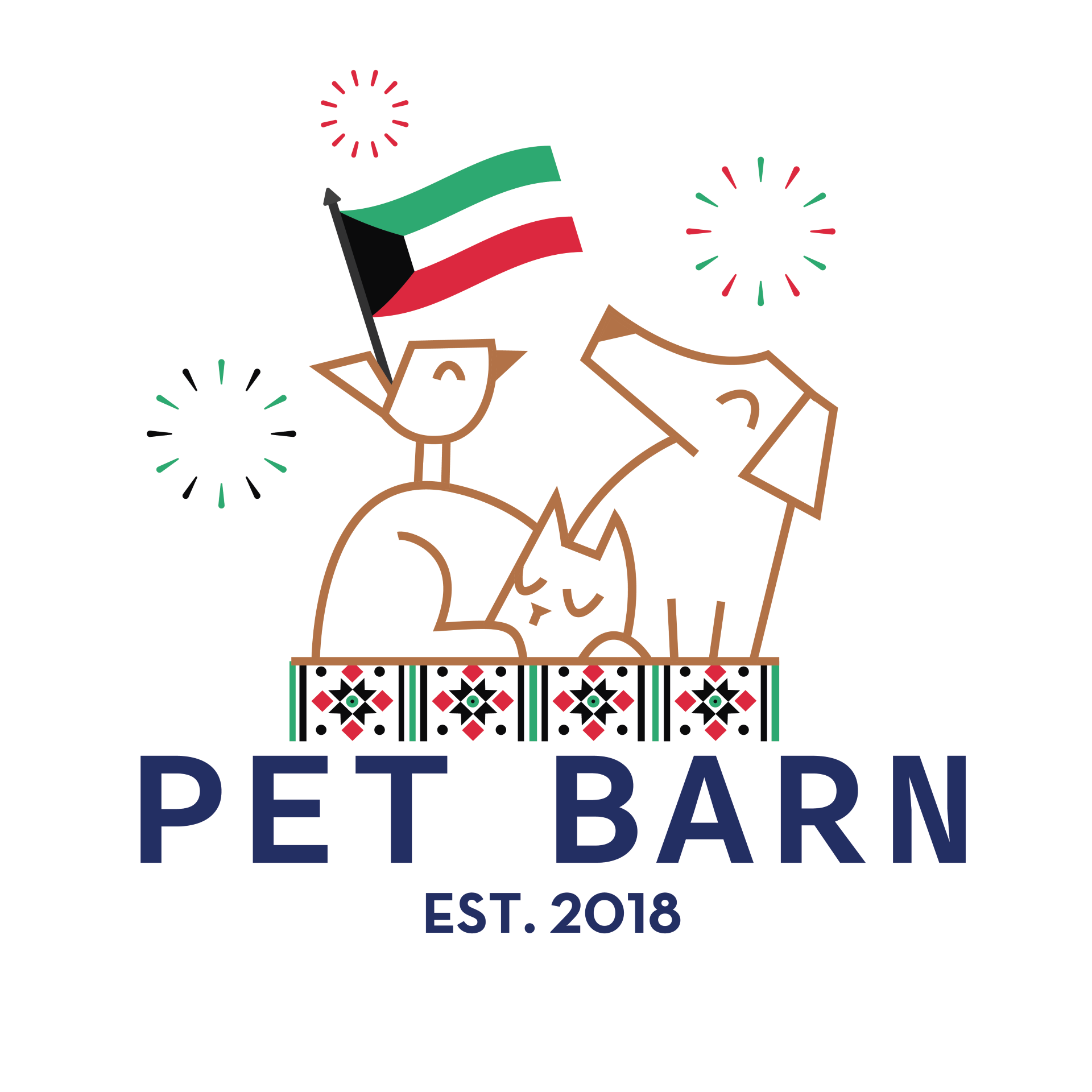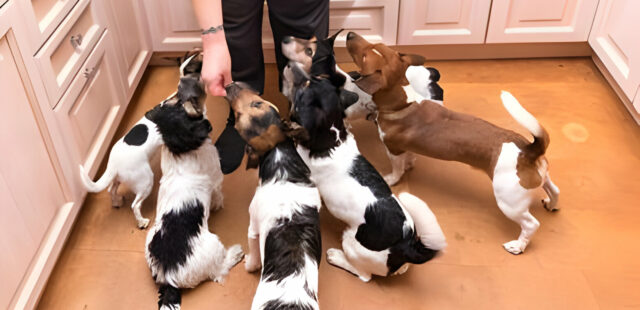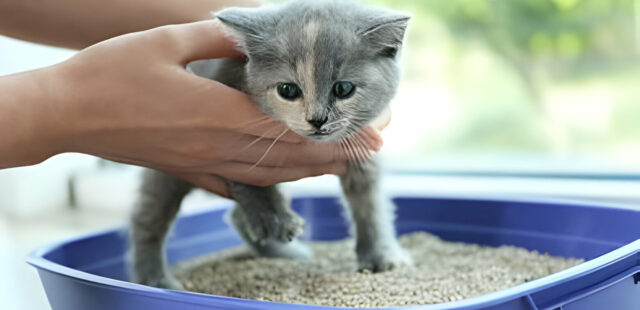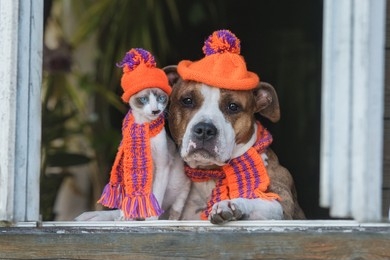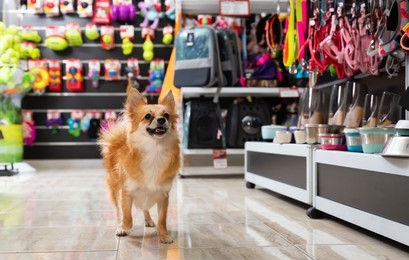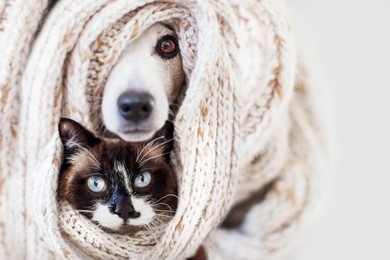As the crisp air of winter settles in, pet owners around the world are preparing to keep their beloved companions warm and comfortable during the chilly months ahead. Just as we humans don our cozy layers to brave the cold, our furry friends also deserve to stay snug and stylish throughout the winter season. From classic sweaters to protective boots, there’s a plethora of fashionable options available to ensure that your pets not only stay warm but also look absolutely adorable. In this extensive guide, pet barn will delve into the latest winter fashion trends for pets, providing you with insights and inspiration to keep your four-legged pals looking their best this winter.
1. Warm and Stylish Sweaters:
Sweaters are more than just a practical garment for pets; they’re also a fashion statement! Explore a variety of sweater styles, from cable knits to Fair Isle patterns, to find the perfect match for your pet’s personality. Opt for soft, breathable fabrics like cotton or wool blends to keep your pet cozy without restricting their movements. Whether your pet prefers vibrant hues or subtle tones, there’s a sweater out there to suit every taste and preference.
2. Fashionable Coats and Jackets:
When the mercury drops, it’s time to layer up with coats and jackets to shield your pet from the winter chill. Consider investing in a stylish puffer jacket, a cozy fleece-lined coat, or a sleek waterproof parka to keep your furry friend warm and dry during outdoor adventures. Look for features like adjustable straps and reflective accents for added functionality and safety during nighttime walks. With the right coat, your pet can brave the elements in style.
3. Adorable Accessories:
Elevate your pet’s winter look with charming accessories that add flair and warmth. From knit scarves to faux fur collars and stylish hats, there’s no shortage of accessories to enhance your pet’s winter wardrobe. Choose accessories made from soft, pet-friendly materials to ensure maximum comfort and style. Capture precious moments by decking out your pet in their favorite accessories for a festive photoshoot.
4. Protective Paw Wear:
Harsh winter conditions can take a toll on your pet’s delicate paw pads. Shield them from the cold, ice, and salt with durable paw boots designed for winter walks. Look for boots with sturdy soles and secure fastenings to ensure a snug fit. Additionally, consider applying pet-safe paw balm to prevent dryness and cracking. With proper paw protection, your pet can enjoy outdoor excursions without discomfort or injury.
5. Cozy Bedding and Blankets:
Create a cozy sanctuary for your pet indoors with plush bedding and blankets. Opt for luxurious materials like faux fur or fleece to provide warmth and comfort during cold nights. Consider investing in heated beds or self-warming blankets to keep your pet snug and cozy throughout the winter season. Design a cozy corner where your pet can curl up and relax after a day of winter adventures.
6. Reflective Gear for Safety:
With shorter daylight hours and inclement weather, visibility is paramount during winter outings. Outfit your pet in reflective gear, such as harnesses, collars, and leashes, to ensure they remain visible in low-light conditions. Choose bright colors and reflective accents to enhance visibility during evening walks or snowy strolls. Prioritize safety by making sure your pet is always easy to spot, regardless of the weather.
7. Consider Pet-Friendly Fabrics:
When selecting winter attire for your pet, prioritize comfort and functionality. Opt for fabrics that are soft, breathable, and easy to clean, such as fleece or microfiber. Avoid materials that may cause irritation or allergies and opt for hypoallergenic options if your pet has sensitive skin. Prioritize comfort and mobility to ensure that your pet can move freely while staying warm and stylish.
As the winter season unfolds, embrace the opportunity to indulge your furry friends with cozy and chic winter attire. From stylish sweaters and practical coats to adorable accessories and protective gear, there’s no shortage of ways to keep your pets comfortable and fashionable this winter. Take advantage of the latest trends and innovative designs to create a winter wardrobe that reflects your pet’s unique personality and style. With the right ensemble, your pet will be ready to tackle the winter season with confidence and charm, turning heads wherever they go.
